#leaf mimic
Explore tagged Tumblr posts
Text

A new area in the Far Plane has been discovered. Entities that mimic fall leaves can be seen in droves, lining the stair constructs that appear here.
923 notes
·
View notes
Text

Gorgeous October thorn moth (Tetracis jubararia) I found while camping in Northern California a few months ago. These leaf mimics in the Geometridae family reach adulthood sometime in the fall (August - November depending on the locality), making their brown camouflage all the more clever. As a bonus, the serrated edges of their wings resemble the leaves of the live oak trees, which are common around here. Live oak picture, for your reference. Not brown, but you get the idea. They're evergreen, but shed old brown leaves fairly regularly, particularly in the fall.
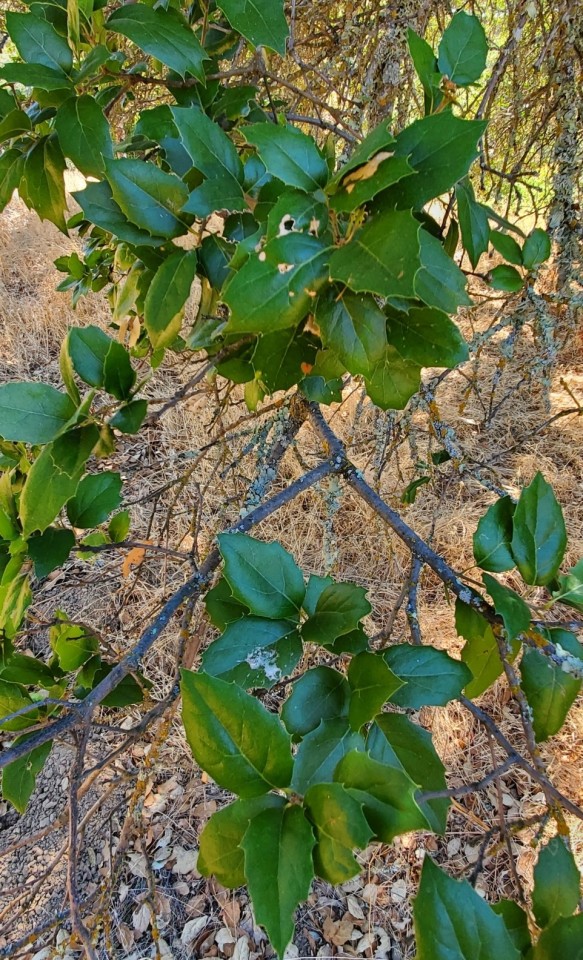
#October thorn#Tetracis jubararia#moth#lepidoptera#leaf mimic#mimicry#bugs#nature#nature photography#biodiversity#animals#inaturalist#entomology#arthropods#insect appreciation#insects#coast live oak#California oak woodland#joseph d grant county park#bay area#santa clara county parks#camping#bugblr
28 notes
·
View notes
Text

Leaf mimic in a frame.
6 notes
·
View notes
Text
Poplar Lappet Moths: these moths are able to mimic the dead leaves of a poplar tree (there is at least one moth in each of the photos below)

Above: the photo at the top shows two poplar lappet moths disguised as foliage (the two "leaves" on the left-most end of the branch are actually moths) and the photo on the bottom shows another poplar lappet moth clinging to a leaf
The scientific name of this species is Gastropacha populifolia, but it's more commonly referred to as the poplar lappet moth. It's also known as pappelglucke in German and feuille-morte du peuplier in French.

The moths are distributed across large sections of Europe, Russia, China, Korea, and Japan, but they're regarded as a rare species throughout most of Europe.
The shape, color, wing pattern, and resting position of this species all contribute to its unique disguise, as it bears an uncanny resemblance to a dead leaf. It even has a dark, snout-like projection (the labial palpi) that mimics the stem of a leaf, and its wing pattern completes the illusion with a dark, raised line forming the central "vein" of the leaf; the soft ridges and scalloped edges of its wings also add to the effect.

There are many other leaf-mimicking moths out there, but this species is particularly impressive.

The caterpillars also have a knack for blending in -- thanks to their cryptic coloration and fuzzy, setae-lined sides, they are easily camouflaged against the bark of a poplar tree.

Above: the photos at the top show Gastropacha populifolia caterpillars blending in by pressing their bodies flat up against twigs/branches, and the photo at the bottom shows one of the caterpillars in a more conspicuous setting
These moths are defended by more than just mimicry, though; they can also produce ultrasonic clicks that interfere with the echolocation signals of predatory bats, which allows the moths to avoid being detected (and ultimately eaten) by bats.

Above: the adorable face of a poplar lappet moth
Sources & More Info:
Nota Lepidopterologica: Continuous Long-Term Monitoring of Daily Foraging Patterns in Three Species of Lappet Moth Caterpillars
Catalogue of the Lepidoptera of Belgium: Gastropacha populifolia
Moths and How to Rear Them: Gastropacha populifolia
Wikipedia (German): Pappelglucke
Moths and Butterflies of Europe and North Africa: G. populifolia
EurekaMag: Effect of the Scale Coverage of the Moth Gastropacha populifolia on the Reflection of Bat Echolocation Signals
#entomology#lepidoptera#gastropacha populifolia#poplar lappet#lappet moths#lasiocampidae#moths#insects#mimicry#animal camouflage#bugs#cool animals#evolution#animal facts#arthropods#leaf mimics#evolutionary arms race#echolocation#ultrasonic animals#caterpillars
250 notes
·
View notes
Text




@mothmans-mothballs submitted: (sorry if this is a resubmission, but i think tumblr ate my first try) i wanted to share these cool-ass bugs i saw on a trip to japan! a possible stink bug, a wasp or ant mimicking spider, and some finger sized caterpillars that i'd love an id on if possible. idr prefecture names but it was close to kyoto
The first one is a true bug, but not a stink bug! Looks like a leaf-footed bug in the genus Homoeocerus. Agreed the spider is one of the ant-mimics in Myrmarachne. The first caterpillar looks like a ramie moth, Arcte coerula. And finally the last fuzzy fella is one of the dagger moths in the genus Acronicta :)
#animals#insects#bugs#spider#arachnids#submission#ant mimic spider#Myrmarachne#true bugs#leaf footed bug#moth#ramie moth#caterpillar#larva#noctuidae#dagger moth#acronicta
114 notes
·
View notes
Text


Wyll: A deal's a deal. But I didn't know I'd have to watch my own father die. Mizora: And here I'd thought you'd be grateful for the final good-bye. [x] Head Study of Young Man (Venetian School, 18th century) || Pallas and the Centaur (Botticelli, 1482)
#ever since i read that dialogue i have not been ok#there is just so much you can gleam from it#bg3#wyll ravengard#mizora bg3#wyll bg3#baldurs gate 3#also i rly struggled to pick an artwork for mizora#there's a lot of paintings that i think look more like her#but the fact that she's looking to the left which lines up with wyll? that did it#also the leaf crown mimics that ugly metal hair thing she wears#so happy i found that art for wyll. like that's him!!! young and in bright colours with a matching earring!!!
139 notes
·
View notes
Text
literally just bragging because we finally got this marble top early 20th century washstand up here and i set it up as a vanity last night
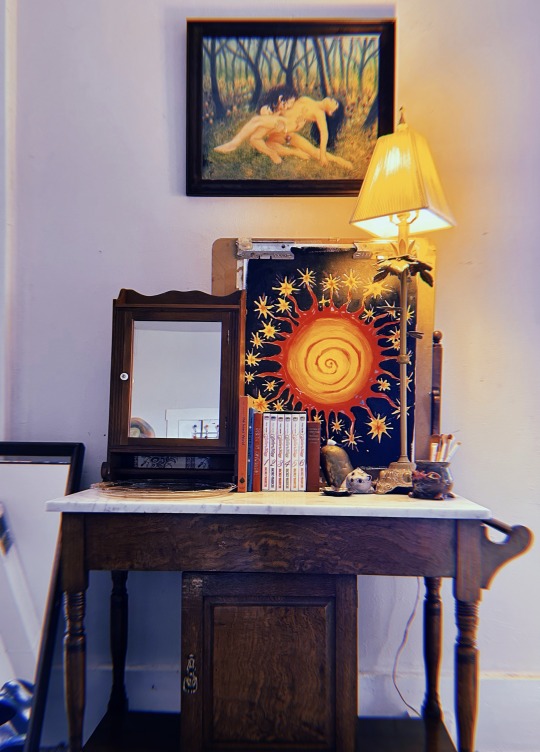
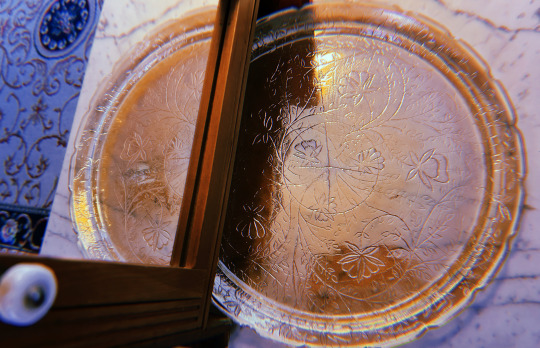

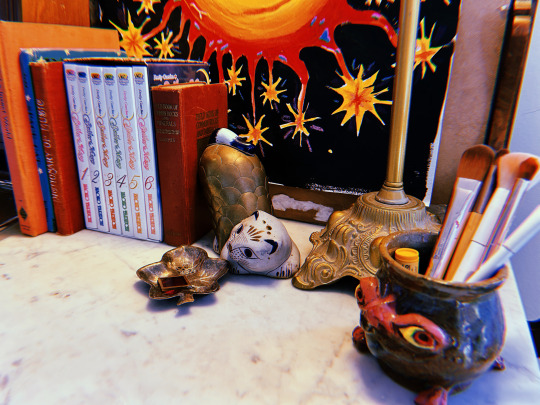
#sun painting is a reproduction i made of another painting because i liked it and wanted it in my house#i'll update the tag when i remember the url of the artist of the painting i have hung up above it#isn't the leaf lamp gorgeous i got it at an estate sale#also the big platter is carnival glass which is a little later 20th century fad of applying an iridescence to glass with metallic salts#meant to mimic tiffany glass#leaf dish i stole from an abandoned house over by the dairy queen
24 notes
·
View notes
Text

Leaf-mimic katydid
By Nick Garbutt
36 notes
·
View notes
Text
i love picking up habits from other people because sometimes you will mimic the poses they usually do and sometimes you will meow at random intervals and i do both
#auburn's rambles <3#i mimic azul's poses a lot for some reason#and my friend meows a lot so now i meow#and i said “rawr” in front of people in chem lab without realizing it and one of the girls i was partnered with said “XD”#LIKE GIRL LEAF ME ALONE I DIDNT MEAN IT
67 notes
·
View notes
Text
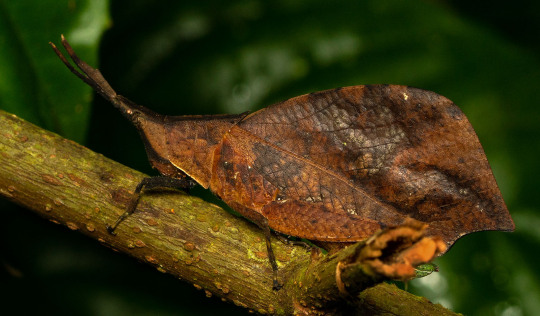
Leaf mimic grasshopper - Systella sp.
24 notes
·
View notes
Text
today's mimic: giant malaysian leaf insect, pulchriphyllium giganteum
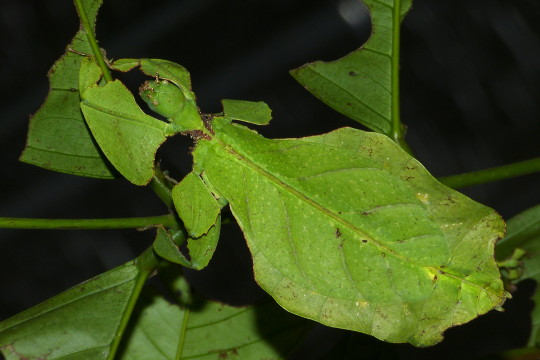
photo by bernard dupont
the giant malaysian leaf insect is one of the largest members of the family Philliidae, a family of insects that are highly specialised in object mimicry--sometimes called mimesis--of leaves. this species is a particularly good example, almost exactly matching the model in many subtle ways, such as the flattened legs that resemble half-eaten leaves, the veins on the abdomen, and the brown patterns that match brown discolouration on damaged leaves. to add to the illusion, these insects will sway back and forth like leaves in the wind. even the eggs of the giant malaysian leaf insect show mimicry, as they resemble seeds! this is an example of defensive mimicry: by mimicking leaves and seeds, insectivorous predators are more likely to ignore them.

#mimicposting#defensive mimic#invertebrate mimic#object mimic#visual mimic#giant malaysian leaf insect#pulchriphyllium giganteum#leaf insect#insects#bugblr#biology#mimicry#zoology#entomology#animal facts#educational
42 notes
·
View notes
Text
mixing my hyperfixations again


this time its splatoon and love, ghostie! its only been a little bit but i love this game so much already im hoping it gets more popular so i can see more fanart of it ^v^
i want to get more comfortable posting doodles and stuff without feeling like i need to polish them too much... in general i just want to post more of my stuff without worrying about quality. so im doing that now! ☆
explaining the designs under cut:
for calathea i knew immidiatly i had to make her a leaf sheep, for obvious reasons. ive actually never drawn them before but it was vrry fun :3 i kept her dress mostly the same, and added a scarf meant to mimic the leafs she has in her original design. i also gave her some sandals, one of those really practical and outdoorsy sandals idk sandal terminology. btw im not very good at scale so i mightve made one of them too tall or short compared to eachother if so that wasnt intentional
for chamel, i made them a mimic octopus to mimic(heh) the fact they like to dress up and pretend to be someone else! i decided to make their hair like a long slicked back braid that ends in a swirl to sorta look like their tail. i imagine it can curl up like marina's tentacles. i also stuck to the original outfit but modified the dress to be shorter and added the skirt you can wear in splatoon instead. also added the lil devil horns °w° also i made their skintone the same as their og color, i figured its ok since that guy in wet floor has turqoise skin too. for some reason the color is vastly different on my ipad than my pc/phone idk why. only that color too
maybe ill redesign them more properly one day, with more unique outfits and stuff but i like this
#art by me#strorb post#fanart#splatoon#splatoon au#love ghostie#calathea#chamel#love ghostie chamel#love ghostie calathea#chamel eon#chamel love ghostie#calathea love ghostie#mimic octopus#leaf sheep#originally posted this on mobile but for some reason the image order got fucked up and the read more was nowhere to be seen#so i had to fix it on pc#why does that happend sometimes when i post on mobile
5 notes
·
View notes
Text
the urge to create but not enough energy. and other things i need to do
#i think its dinner time too#leaf's posts#been thinking about minecraft lore#also lore for smp im in#but more minecraft#like the spruce trees#theyre technically 2 tree species in lore#and how pale garden and deep dark are connected#like are they just a mimic of the other#convergent evolution#what are they
4 notes
·
View notes
Text
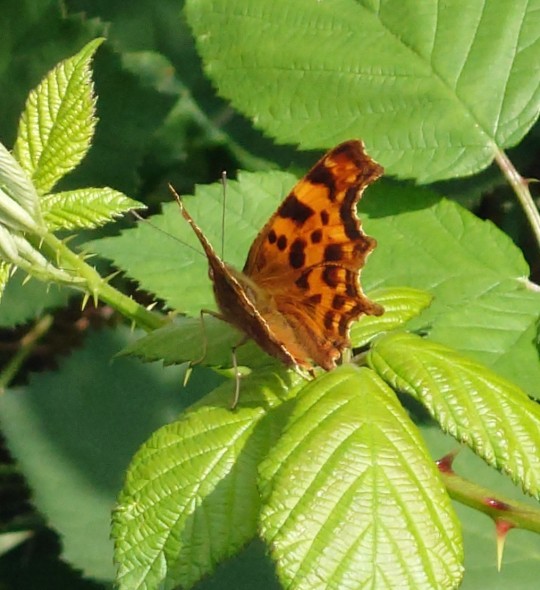

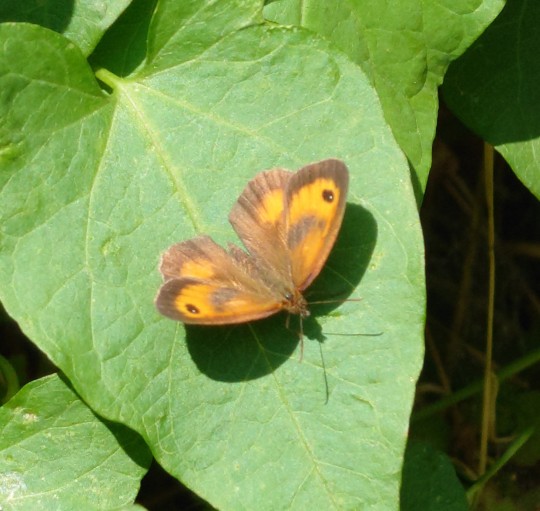

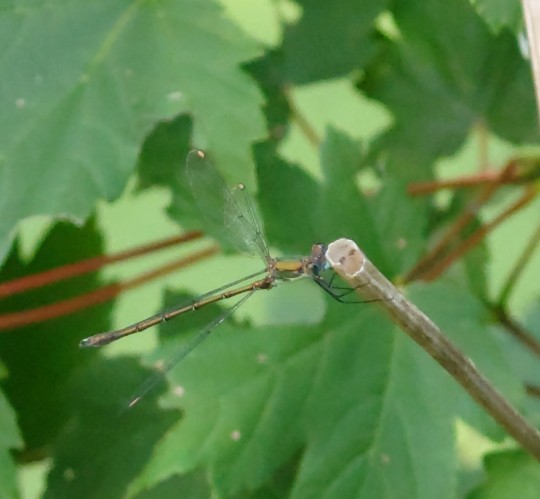

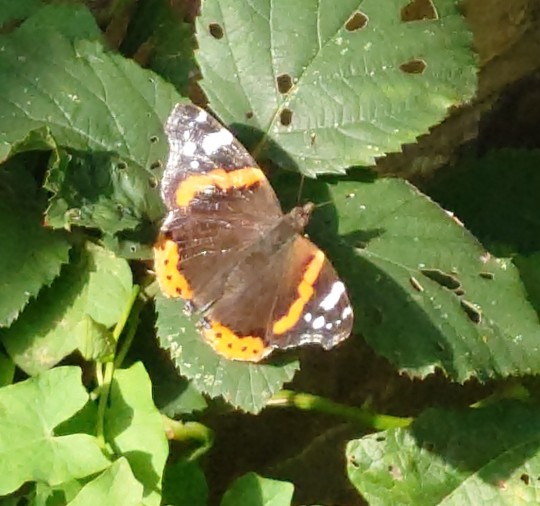

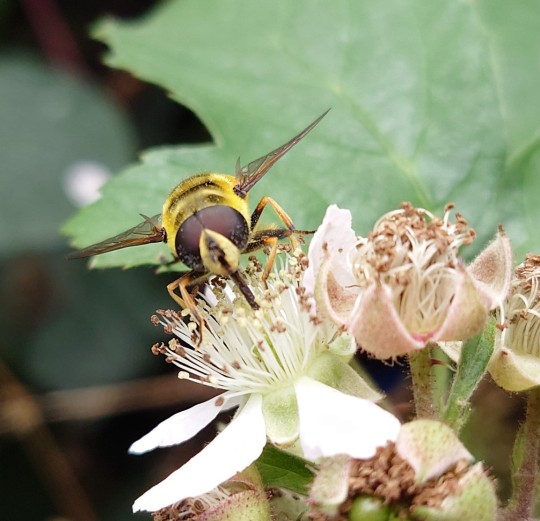

Some flyers from my garden! How many do you recognise?
- - -
[All photos taken by me, DeeperMadness, on a Sony Xperia 1 IV]
#Butterfly#Moth#Dragonfly#Damselfly#Hoverfly#Mimic#Photography#Flower#Garden#My photos#Comma butterfly#Jersey tiger moth#Apple leaf skeletonizer#Holly blue#Gatekeeper#Red admiral#Banded demoiselle#Demoiselle#Southern emerald damselfly#Southern emerald
13 notes
·
View notes
Note
I feel like the key to getting out is related to emotional things rather than anything material. Would you describe your outfit as you?
...Not really. I just put it on once and it's just stuck here.
I don't really know if there's a particular reason for it just staying with me. It just did.
#pkmn irl#rotomblr#rotumblr#pkmn rp#pokemon irl#Turning over a new leaf.#//Fun fact!! Originally his outfit was pretty much all black to mimic an outfit you'd go to a funeral in#I ended up making the shirt white though because different shades of black were WAY too similar for my liking#But there's a reason he's allowed to keep the (almost) a funeral outfit! :3
2 notes
·
View notes